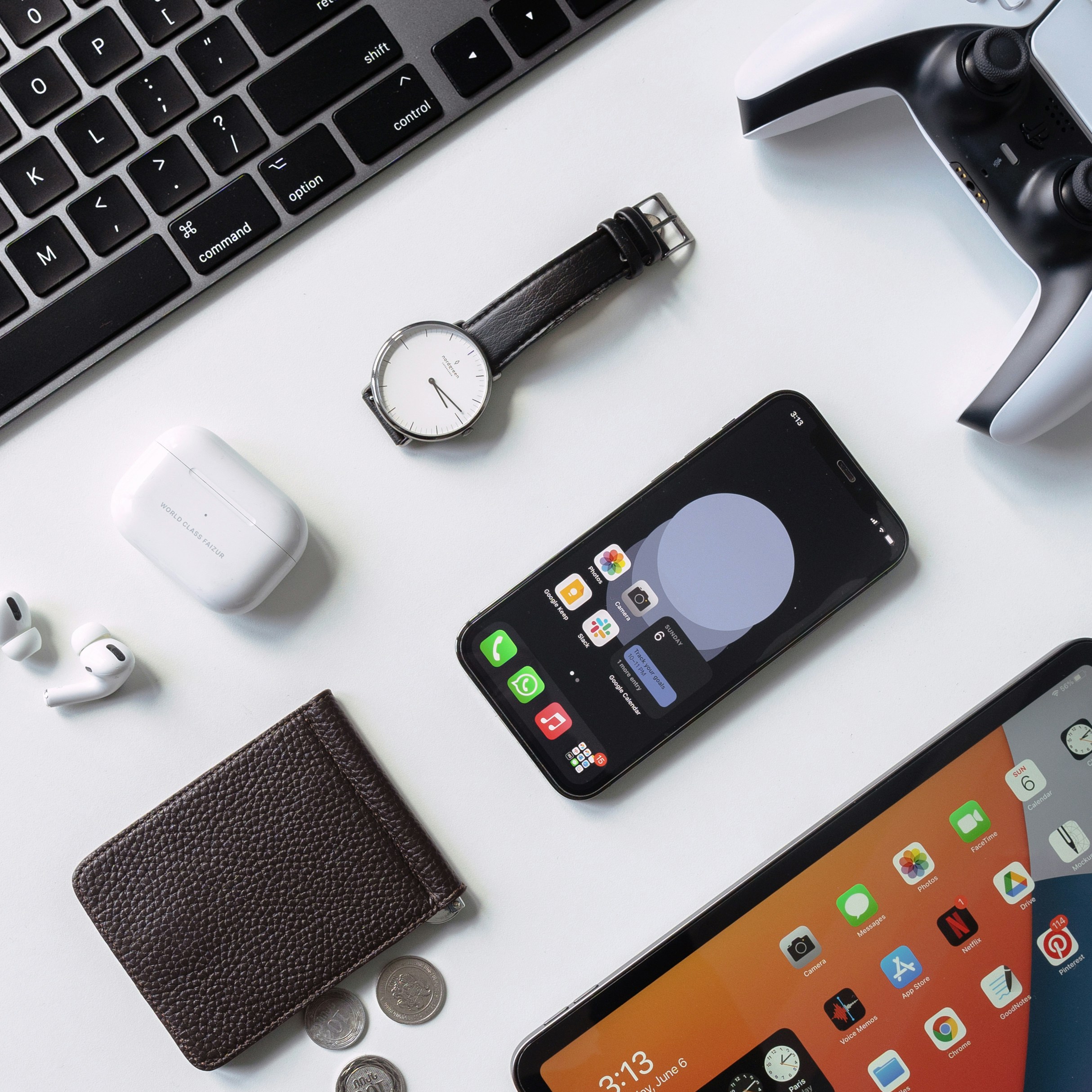What Are Essential Endoscopic Accessories?
Introduction to Endoscopic Accessories
Endoscopic procedures have revolutionized the way medical professionals diagnose and treat various conditions. These minimally invasive techniques allow doctors to explore internal organs with precision, offering patients faster recovery times and less discomfort. However, the success of these procedures often relies heavily on a variety of essential endoscopic accessories that enhance functionality and safety.
From forceps used for tissue manipulation to specialized tools designed for biopsies, each accessory plays a crucial role in ensuring optimal outcomes. As technology advances, so does the range of available accessories, making it vital for healthcare providers to stay informed about their options.
Whether you’re a seasoned practitioner or just beginning your journey in endoscopy, understanding these indispensable tools can elevate your practice and improve patient care. Let’s dive into the world of endoscopic accessories to uncover their types, importance, and recent innovations shaping this field today.
Types of Endoscopic Accessories
Endoscopic accessories come in various types, each designed to enhance the effectiveness of endoscopic procedures.
Forceps and graspers are fundamental tools that assist surgeons in manipulating tissues or foreign objects within the body. Their unique designs allow for better control during delicate operations.
Biopsy tools play a critical role in diagnostics. They enable healthcare providers to collect tissue samples with precision, ensuring accurate analysis without excessive trauma.
Snares and loops are particularly useful for removing polyps or lesions. These devices can encircle growths and safely extract them from their site.
Brushes and guidewires help navigate narrow passages in the digestive tract or respiratory system. Brushes facilitate cell collection, while guidewires provide pathways for other instruments.
Additionally, there are many other accessories that support specific procedures—from suction devices to irrigation systems—enhancing safety and efficiency across a range of interventions.
A. Forceps and Graspers
Forceps and graspers are crucial tools in endoscopic procedures. They allow surgeons to manipulate tissues with precision. Available in various shapes and sizes, these instruments provide versatility for different applications.
The design of forceps can vary based on the procedure’s needs. Some feature serrated edges for a better grip, ensuring that delicate structures remain intact during manipulation. Graspers often have locking mechanisms that secure tissue firmly, allowing the surgeon to focus on other aspects of the operation.
Surgeons appreciate their tactile feedback during procedures. This is essential when navigating complex anatomical areas where visibility may be limited. With advancements in technology, newer models offer enhanced ergonomics and improved materials, increasing durability while maintaining patient safety.
Their role extends beyond just grabbing or holding; they can aid in dissecting or repositioning organs as needed throughout an endoscopic procedure. The choice of forceps or graspers directly impacts surgical efficiency and outcomes.
B. Biopsy Tools
Biopsy tools play a crucial role in endoscopic procedures. They are designed to obtain tissue samples for diagnosis while minimizing patient discomfort.
These instruments come in various forms, including biopsy forceps and needle devices. The choice of tool often depends on the specific procedure and targeted area within the body.
One popular type is the endoscopic biopsy forcep, which can grasp and remove small tissue sections. This allows pathologists to analyze cells under a microscope for abnormalities or endoscopic accessories diseases such as cancer.
Another option is the fine-needle aspiration (FNA) technique, which uses thin needles for sampling deeper tissues without significant invasiveness.
The precision offered by these tools significantly enhances diagnostic accuracy, leading to better treatment plans tailored to individual patients’ needs.
C. Snares and Loops
Snares and loops are specialized tools designed for precise tissue removal during endoscopic procedures. Their unique construction allows physicians to capture and extract lesions, polyps, or abnormal growths from within the body.
These accessories come in various sizes and configurations to suit different anatomical needs. A snare typically consists of a wire loop that can be tightened around the target tissue, ensuring secure grasping without damaging surrounding areas.
Loops are beneficial in situations where biopsies are necessary. By using a loop design, clinicians can efficiently excise larger samples while minimizing trauma.
The versatility of snares and loops makes them essential for both diagnostic and therapeutic applications in gastroenterology, pulmonology, and urology. Their role is critical in enhancing patient outcomes through targeted interventions that promote recovery while reducing complications associated with traditional surgical methods.
D. Brushes and Guidewires
Brushes and guidewires are vital components in endoscopic procedures, enhancing the capabilities of healthcare professionals. Brushes are designed to clear debris or mucus from the targeted area, ensuring optimal visibility during examination. Their fine bristles can access narrow passages without causing trauma.
Guidewires aid in navigating challenging anatomical structures. They provide stability and direction when placing other instruments into position. This is particularly crucial in complex cases where precision is paramount.
Using these tools together improves the overall efficacy of endoscopic interventions. The combination allows for a thorough exploration while minimizing risks associated with obstruction or misdirection.
With advancements in material technology, modern brushes and guidewires offer enhanced flexibility and strength. These improvements lead to better outcomes for patients undergoing various diagnostic and therapeutic procedures.
E. Other Accessories

Endoscopic procedures often require additional accessories that enhance the versatility and effectiveness of the main instruments. These other accessories play crucial roles in improving outcomes.
Inflation devices are one such accessory, helping to expand areas for better visualization. They ensure clear views during various procedures.
Suction devices also come into play, removing unwanted fluids or debris from the surgical site. This keeps the field clean and allows for precise work.
Additionally, there are specialized valves designed to maintain pressure within endoscopes while preventing fluid leaks. Such components can significantly impact procedure efficiency.
Light sources or adapters enhance visibility by illuminating darker areas within the body. Better lighting aids surgeons in making accurate assessments throughout their tasks.
These diverse accessories contribute greatly to successful endoscopic interventions, underscoring their importance beyond just primary tools.
Importance of Endoscopic Accessories in Procedures
Endoscopic accessories play a critical role in medical procedures. They enhance the capabilities of endoscopes, allowing for more precise interventions.
These tools are crucial for obtaining samples and performing various treatments. With the right accessory, physicians can navigate complex anatomical structures with ease.
The quality of these accessories directly impacts patient safety and procedural outcomes. High-quality forceps or snares reduce complications during delicate operations.
Moreover, they foster efficiency in clinical settings. Quick access to specialized tools ensures that health professionals can respond effectively to unexpected situations within a procedure.
Effective use of endoscopic accessories translates into better patient care. The right tools empower surgeons to make informed decisions while minimizing risk factors associated with invasive techniques.
Factors to Consider When Choosing Endoscopic Accessories
When selecting endoscopic accessories, several factors come into play. Compatibility with existing equipment is paramount. Ensure that the accessories seamlessly integrate with your specific endoscope model.
Next, consider the procedure type. Different surgeries require different tools. For instance, biopsy forceps may be essential for tissue samples while snares are ideal for polypectomy.
Material quality matters as well. Durable materials can withstand sterilization and repeated use without compromising performance.
Also, pay attention to ergonomics. Accessories should be comfortable to handle during procedures, enhancing precision and reducing fatigue for medical practitioners.
Evaluate cost-effectiveness versus quality. While budget constraints are important, investing in high-quality instruments can lead to better outcomes and reduced complications over time. Each factor plays a crucial role in ensuring successful procedures tailored to patient needs.
Common Applications for Endoscopic Accessories
Endoscopic accessories play a crucial role in various medical procedures. They enhance the capabilities of endoscopes, allowing for endoscopy repair detailed exploration and intervention within the body.
One common application is in gastrointestinal diagnostics. Forceps and graspers help capture tissue samples for biopsies, which are essential for identifying abnormalities like tumors or infections.
In respiratory medicine, brushes can collect cellular material from the lungs. This aids in diagnosing conditions such as pneumonia or lung cancer.
Another significant use is during polypectomies. Snares and loops facilitate effective removal of polyps found during colonoscopies, reducing cancer risk.
In urology, guidewires assist surgeons in navigating through complex anatomical structures when placing stents or catheters.
Each accessory serves a specific function that enhances patient outcomes while ensuring safety during these intricate procedures.
Recent Advancements in Endoscopy Technology
Recent advancements in endoscopy technology have transformed how medical professionals perform procedures. Enhanced imaging techniques, such as high-definition and 3D visualization, provide clearer views of internal structures. This leads to more accurate diagnoses and improved patient outcomes.
Robotic-assisted endoscopes are becoming increasingly popular. They offer greater precision and maneuverability, allowing for minimally invasive surgeries with reduced recovery times. Surgeons can now navigate complex anatomy with ease.
The development of flexible endoscopic systems has also made significant strides. These tools can reach difficult areas within the body that traditional scopes struggle to access. As a result, clinicians can perform intricate procedures safely.
Additionally, artificial intelligence is starting to play a role in endoscopy. AI algorithms assist doctors by analyzing images in real-time, helping identify abnormalities faster than ever before. Such innovations promise to enhance the overall efficiency of healthcare delivery while ensuring patient safety remains paramount.
Conclusion

Endoscopic accessories play a vital role in the effectiveness and safety of various medical procedures. They enhance the capabilities of endoscopes, allowing healthcare professionals to perform intricate tasks with precision. The right accessories can make a significant difference in patient outcomes.
Choosing the appropriate endoscopic tools requires careful consideration of factors like procedure type, material quality, and ease of use. Staying updated on recent advancements ensures that practitioners are equipped with cutting-edge technologies for optimal performance.
With their diverse applications across specialties, these accessories have revolutionized minimally invasive surgery and diagnostics. As technology continues to advance, we can expect even greater innovations that will further enhance the scope and efficacy of endoscopy. Understanding essential endoscopic accessories is not just beneficial but necessary for anyone involved in this field.
